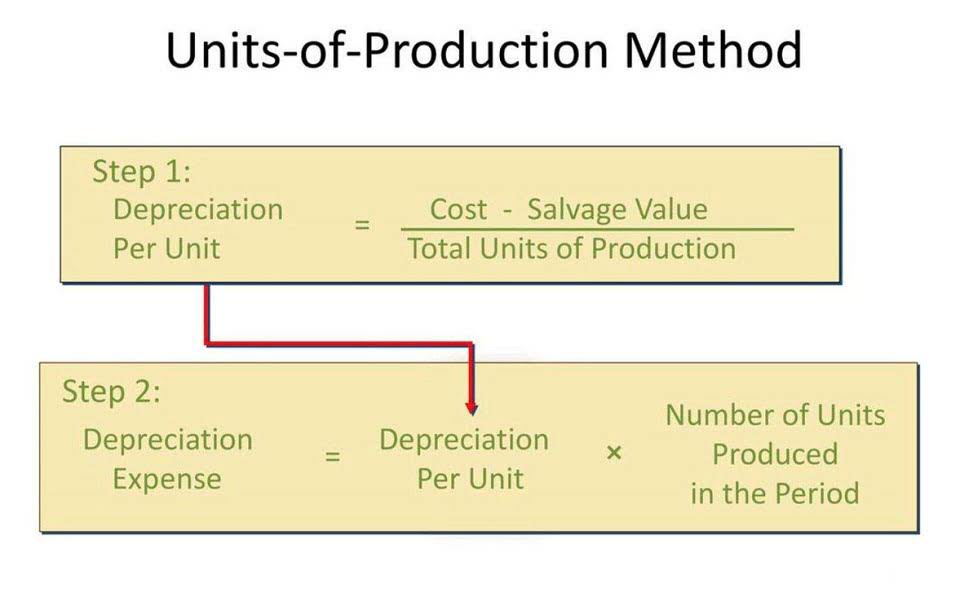Net Working Capital What Is It, Formula, How to Calculate

It reflects the difference between a company’s current assets and current liabilities. A positive change in net working capital indicates improved liquidity, potentially signifying a company’s increased ability to cover short-term obligations, invest in its operations, or grow its business. Conversely, a negative change can signal potential liquidity issues or financial instability. Working capital means evaluating a company’s operational liquidity by focusing on specific current assets and liabilities.
Related insights
Net working capital is a measure providing insight into a company’s short-term financial health and operational efficiency. It reflects liquidity for immediate operational needs and short-term financial obligations. Understanding this metric assesses a business’s ability to manage daily operations https://srajallil.net/2022/08/19/how-to-record-asset-disposal-in-financial/ and respond to financial demands. Accounts receivable represent money owed to the company by its customers for goods or services already delivered, usually expected to be collected within a year. Inventory, comprising raw materials, work-in-progress, and finished goods, is also a current asset, as it is expected to be sold within the operating cycle. Prepaid expenses, which are payments made in advance for services or goods to be received in the future, such as insurance or rent, are also categorized as current assets.
- Which may appear extended and at first sight seem like a diverging trend.
- This indicates an improvement in its short-term liquidity position, suggesting that it has more resources to meet its short-term obligations.
- A consistent, well-managed change suggests a company effectively converts sales into cash, signaling financial discipline and strong operational control.
- This comprehensive guide explains the formula, provides practical examples, and addresses frequently asked questions to help you make informed financial decisions.
- Identifying which part of the working capital is critical and diligently analyzing liabilities on the corporate balance sheet ensures accurate projections.
- All businesses benefit, but especially retail, manufacturing, and logistics.
Additional Resources
To forecast working capital effectively, it’s essential to calculate the relationships of accounts receivables to sales, accounts payables to cost of goods sold, and inventory to sales or cost of goods sold. These ratios help link working capital to revenue projections, as working capital will likely vary with changes in sales and costs. By analyzing these trends on the corporate balance sheet in relation to the income statement, you can create a more accurate financial statement forecast that aligns working capital needs with anticipated growth. A zero change in net working capital implies the balance between current assets and liabilities remained consistent. This occurs if current assets and liabilities increase or decrease by the same amount, or remain unchanged.
Unlock 3x faster liquidity decisions with Agentic AI-led cash forecasting.
- Efficient working capital management, which minimizes the cash tied up in NWC, allows a company to better fund its operations and future growth initiatives without external financing.
- Discover how sweep accounts can maximize the value of excess cash balances while maintaining necessary operating balances.
- Current liabilities are obligations a business expects to settle within one year or one operating cycle.
- Try it today and take the first step toward better liquidity tracking and financial control.
- And current liabilities include accounts payable, short-term debt, and accrued expenses.
While this doesn’t always indicate financial health, businesses should manage their working capital carefully to have adequate liquidity and meet short-term obligations. For instance, suppose a retail company experiences an increase in sales, resulting in higher accounts receivable (A/R) due to credit sales. At the same time, the company effectively manages its inventory levels and negotiates favorable payment terms with suppliers, resulting in slower growth in accounts payable (A/P).
- I was too caught up with whether it should be excluded or included and how to calculate it.
- Working capital is the amount of liquid assets a company has available, after accounting for its upcoming payments.
- This ebb and flow of their business cycle gives them more “cash” to operate their company.
- To drive the point home, I will include the quote from Jae Jun because I think it bears repeating and remains critical to understanding its impact on our business.
- In simple terms, net working capital (NWC) denotes the short term liquidity of a company.
- To calculate our change in working capital, we will add all the items from the assets together; then, we will do the same for the liabilities.
Why Change in Working Capital Matters to Lenders and Investors
In cash flow analysis, we add a decrease (negative adjusting entries change) in Net Working Capital to operating cash flow because it represents a source of cash. Conversely, we subtract an increase (positive change) because it represents a use of cash. Change in Working capital cash flow means an actual change in value year over year, i.e., the change in current assets minus the change in current liabilities. With the change in value, we will understand why the working capital has increased or decreased.
How Can I Improve My Net Working Capital Position?
Efficient working capital management, which minimizes the cash tied up in NWC, allows a company to better fund its operations and future growth initiatives without external financing. The working capital formula subtracts your current liabilities (what you owe) from your current assets (what you change in net working capital calculation have) in order to measure available funds for operations and growth. A positive number means you have enough cash to cover short-term expenses and debts, whereas a negative number means you’re struggling to make ends meet.
Strengthen financial health via working capital management
By analyzing the calculation of net working capital change over time, you can identify trends in a company’s liquidity and efficiency. You’ll need to tally up all your current assets to calculate net working capital. These items can be quickly converted into cash or used up within the next year.
Application Management
So, if the company somehow classifies these items within Working Capital, remove and re-classify them; they should never affect Cash Flow from Operations. The Change in WC has a mixed/neutral effect on Best Buy, reducing its Cash Flow in some years and increasing it in others, while it always increases Zendesk’s Cash Flow. The best rule of thumb is to follow what the company does in its financial statements rather than trying to come up with your own definitions.
Why Net Working Capital Matters: Key Insights for Financial Success
- This often suggests investment in short-term operational capacity, such as building inventory to meet anticipated demand or extending more credit to customers, leading to higher accounts receivable balances.
- We are not going to cover details of market multiples here, if you are interested, please go to here to learn more.
- Expanding without taking on new debt or investors would be out of the question and if the negative trend continues, net WC could lead to a company declaring bankruptcy.
- As in, it is a measure of if the company will be able to pay off its current liabilities with the assets in hand.
- Understanding how to calculate and interpret net working capital is fundamental for effective financial management and decision-making within a business.
For our first example, I would like to return to my old friend, Oshkosh Corp; we can revisit their cash flow statement and look at our math. Most people assume the change in working capital means you calculate the change from one year to the next via these items from the balance sheet. For the remainder of the post, the section we will focus on is the Changes in Operating Assets and Liabilities. The section of the cash flow statement is where the changes in working capital live and breathe. Let’s examine an actual cash flow statement from Oshkosh Corp. as an example of how we break down the changes. This cycle is what all companies strive to shorten instead of looking at the balance sheet definition, which defines only one certain point in time.




